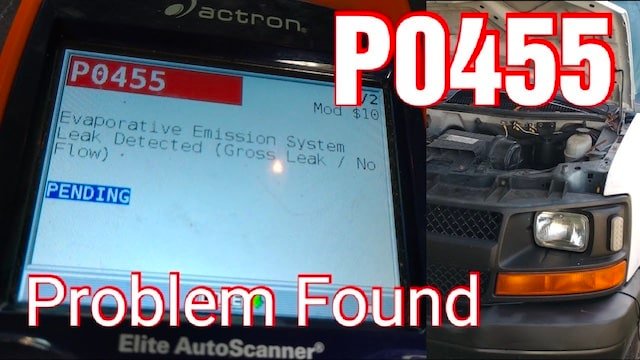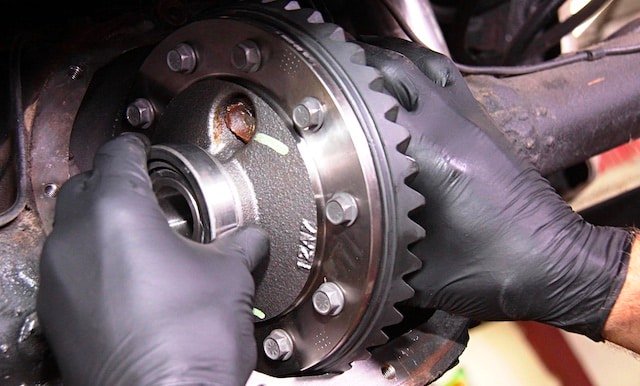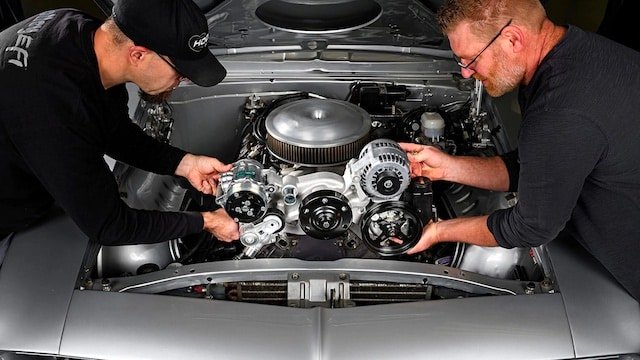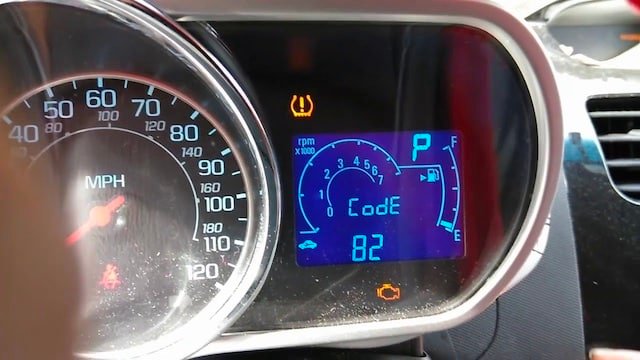Do you own a Chevy Silverado that its instrument cluster is not working? If your answer to this question is “Yes,” then you need to read this. The instrument cluster is a very important component of your car. This is because it is a window to the internal workings of your car.
The instrument cluster displays several important pieces of information. Some of them include oil levels, speed level, car engine temperature, etc. As such, when this component stops working, you should fix it as soon as possible.

Chevy Silverado Instrument Cluster Not Working: Possible Causes and How to Fix
You are probably wondering why your car’s instrument cluster stopped working abruptly. It could even be that it has been going on and off for a while. The truth is that there are so many reasons for instrument cluster malfunction. In this section, we will discuss the most common causes of this problem and how to fix them.
Before then, we should let you know that instrument cluster problems come in a variety of ways. Sometimes, it is the whole cluster that stops working. At other times, it is just one gauge that isn’t working. Another problem that could occur is that the background lights stop functioning or become unusually dim. This section will help you to identify the causes of whichever problem you have.
Blown fuse
Most of the time, when an electrical component of your car stops working, it is a fuse-related problem. It is either the fuse is out of position or it is completely blown. Fuses are integral to every electrical circuit in your car. This is because they help to protect different components when there is a power surge.
When a fuse is faulty, the associated component will stop functioning. So if you are having fuse problems, your Chevy Silverado’s instrument cluster will not function. You can check the fuse box by yourself to determine if this is the problem.
Simply open the fuse box and check the fuse map to locate the associated fuse. After doing this, check if the fuse is out of place. If it is, then you just need to reposition it. However, if it is blown you need to replace the fuse. An easy way to know if the fuse is blown is by checking inside the fuse. If you see a dark discoloration, then you most likely have a blown fuse. You can also check using a multimeter.
Defective Instrument Cluster
If you have checked the fuse and you don’t have fuse issues, then your instrument cluster may be defective. You should suspect this if all the gauges stop working completely. In this case, you need to check the connection to be sure that power is getting to the instrument cluster. If you have power yet the cluster isn’t working, then it needs a replacement.
The challenge is that you cannot replace the instrument cluster by yourself without previous experience. As such, we suggest that you take your car to a professional. Don’t worry, one of the most common problems of the Chevy Silverado is “defective instrument clusters.” If you own one of these cars that were produced between 2002 and 2007, you may be eligible for a free replacement.
Broken Sensor
When you have a broken sensor, gauges begin to malfunction. You can suspect this as the cause of the problem when just one gauge is malfunctioning. The first thing you should do, in this case, is to locate the associated sensor for the malfunctioning gauge. It is pretty easy to find it when you go through your car’s owner’s manual.
After locating the sensor, disconnect it then connect it again. When you do this, the gauge should begin to work. Another thing you can do is to connect the sensor to an earth cable to check if there is power. If you do this and the gauge begins to work, then the issue is with the sensor’s sending unit.
In this case, you only need to replace the sender and the gauge will begin working normally. Otherwise, you may have a more complicated problem.
Wiring Problems
If you notice that one of the lights or gauges on the instrument cluster stops working, then you may have wiring problems. Remember that your instrument cluster is an electronic component and it needs wires to function properly.
How do you know that you are having a wiring problem? You can easily troubleshoot similarly to what you did for the sensor. If you connect the sensor to the earth cable and the gauge isn’t working, then you have a wiring problem.
Now, you need to take a further step by replacing the wire connecting the gauge. We don’t recommend that you carry out this operation by yourself. Instead, seek the help of a professional mechanic.
Voltage regulator
A voltage regulator helps your Chevy Silverado to distribute the right amount of electrical current to different electrical components. Sometimes, you will notice that your gauges are moving sporadically. At other times, they just get stuck at their peak. When you notice any of these problems, you are likely having voltage regulator challenges.
In some cases, all you need to do is clean the terminals of the voltage regulator. Doing this should get the gauges working as they should. Check for the location of the voltage regulator then remove it. Clean the terminals properly but be careful while doing this. After doing this, reinstall the regulator.
Blown bulb
Sometimes, all the gauges on the instrument cluster are functioning properly. However, the lights don’t come on or are too dim. If you notice that the lights of one section of the cluster don’t come on, the bulbs are blown. All you need to do is change the bulb.
Conclusion
In this post, we have outlined the most common reasons why your Chevy Silverado Instrument Cluster is not working. If you have tried all these fixes to no avail, then you need the help of a professional.







